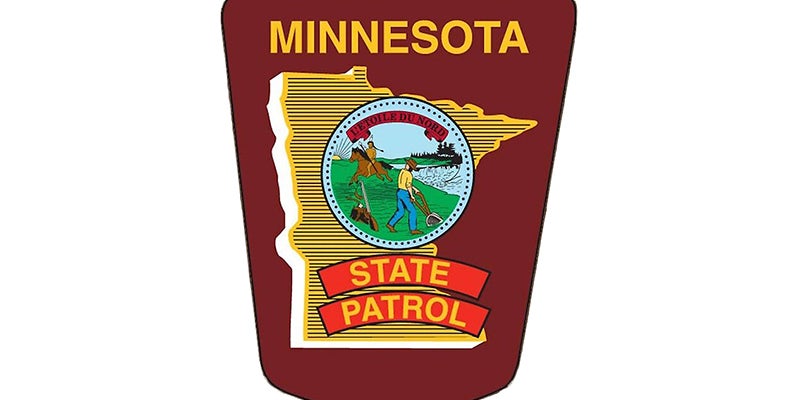Room for improvement with Minn. transit
Published 8:18 am Friday, September 3, 2010
On the way elsewhere, we spent 24 hours in Portland, Ore. Rental cars were ridiculously expensive, so in a moment of pique I had decided to skip the car and just use public transportation.
That’s the kind of decision that seems good sitting at home but often backfires on the scene. Not this time. Portland is amazingly easy to get around in without a car.
The metro area’s light rail system has a spur that ends at the airport terminal and, for $2.30 apiece we boarded a waiting train and were off. It was an interesting introduction to the city as the train filled with local riders, some of whom brought their bicycles aboard and hung them on racks built into the train.
Downtown, we walked a couple of blocks past shops and restaurants, then waited a few minutes at a corner to catch a free trolley ride to our hotel. The trolley runs an eight-mile loop around the city’s core, and riders can get on and off for free along much of that route.
It took us about 90 minutes from the time we stepped off the airplane until we walked in the door of our hotel; Portland’s airport is on the northeast edge of town. A taxi would have delivered us far more quickly, but far more expensively. A rental car would have been a bit quicker, but also far more expensive.
The next morning, we walked back to the trolley stop and rode back towards downtown to do some shopping and sight-seeing before heading back to the airport.
The trolley, just as it had been the previous day, and just as the light rail train had been, was nearly full. Clearly, Portland residents take advantage of the opportunity to go by rail. There’s a bus system, too, but we did not have time to check that out.
For the most part, the transport system is easy to understand and well labeled. I downloaded a route map on my phone when we got to town, and it proved an accurate guide to which trains and trolleys went where. Plus, Portland is a friendly town; twice, when we apparently looked confused, passers-by stopped to ask if we needed help. (Note: I was not confused or lost, just pausing to think.)
We couldn’t help contrasting Portland’s robust, well-developed public transportation with the skeletal system that’s available in our own state’s metro area. Could strangers turn up at the Minneapolis-St. Paul airport and tour the Twin Cities for a grand total of $9.20? Can commuters leave their cars at home? The answer, of course, is no.
Minnesota has made some effort to establish light rail, a very slow project. But most of its infrastructure development still focuses on adding lanes and interchanges to last century’s interstate system. Rather than providing meaningful and useful alternatives to wasteful, expensive and pollution-generating private automobiles, Minnesota is building highways.
I’m not arguing that Portland is perfect. From our hotel room, we could see plenty of slow-moving rush hour traffic on the many Willamette River bridges that stitch Portland together. But there were also plenty of very good options to driving.
The unavoidable fact is that, at some point, the days of cheap and plentiful gasoline are going to end. How much better off would Minnesota be if it got serious now about good public transportation in its core metropolitan area – and got serious about connecting the state’s outlying population centers via light rail? Wouldn’t it be a lot nicer to ride, rather than drive, from Austin to the Twin Cities, or from Fargo or Duluth or Rochester to the Twin Cities?
It would be a big adjustment or Minnesota to focus on public transportation instead of automobiles. But it’s an adjustment that is going to be forced on us someday anyway.


